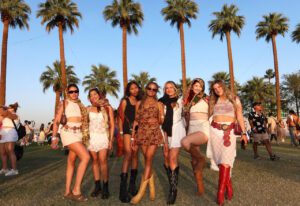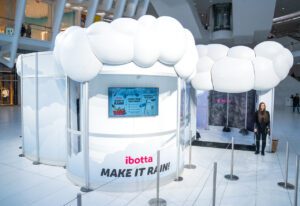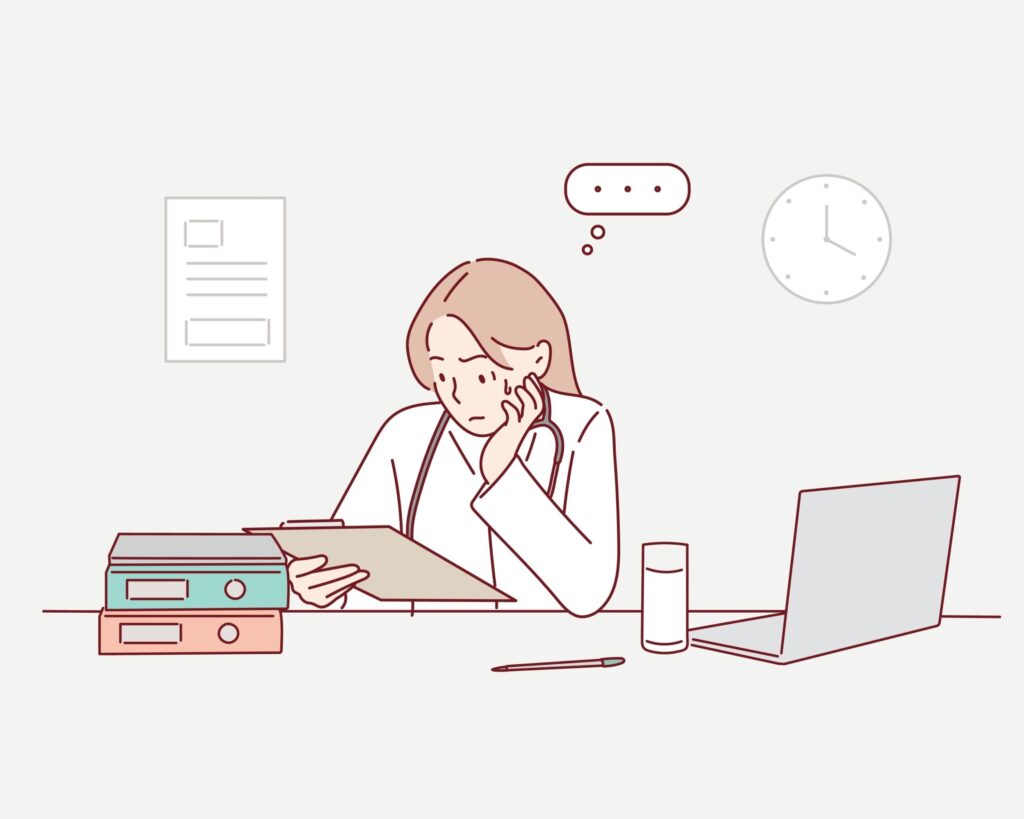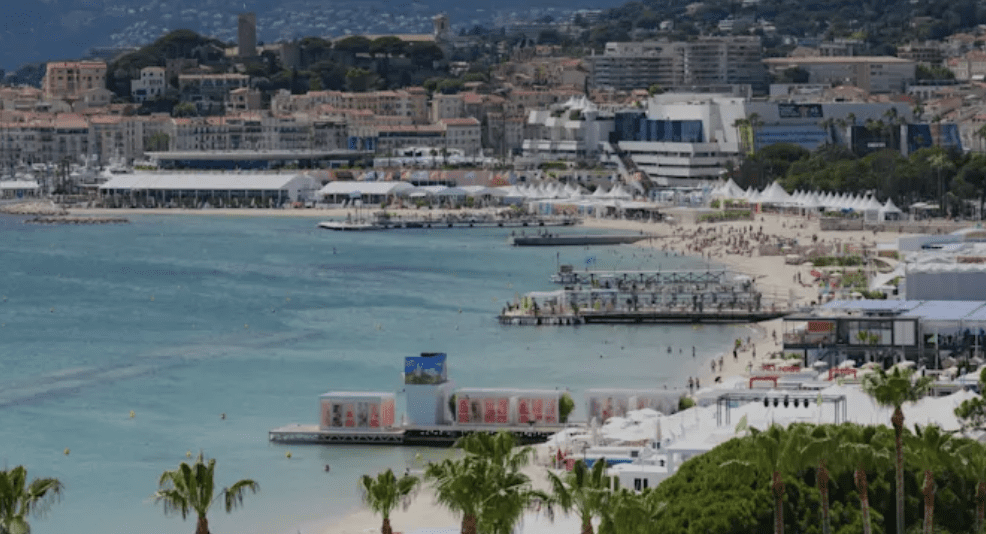Spending on P-O-P, the largest consumer promotions category, increased 2.2% to $20.79 billion in 2008, as in-store media — with its ability to reach a captive audience at point-of-sale — became a focus of marketing campaigns.

The spending centers on research indicating that 70% of customer’s purchase decisions are made in-store, according to the Promotional Products Association International.
Reward programs will continue to play a big role in 2010 as marketers work to attract shoppers in an economically difficult climate for consumers — who are increasingly turning to lower priced store brands.
In 2009, retail reward programs reaped the benefits of the struggling economy. Some 32% of the general population rated retail programs as more important to their household budgets, as well as 46% of young adults, 44% of women and 40% of emerging Hispanics, according to Colloquy. That compares to 23.9% who rated financial services programs more important and 21.5% who cited travel rewards.
The average U.S. consumer belonged to 1.7 grocery programs, 2.3 department store, 1.5 fuel and 1.3 drug. At grocery, affluent consumers joined the most programs (2.1), followed by core women and emerging Hispanics (both 2), seniors (1.9) and young adults (1.7), Colloquy found.
Partnerships between brands and retailers will take on heightened importance to drive traffic. For example, Sears and Winn Dixie recently offered customers free beauty makeovers with help from Cosmetic Promotions. At 13 Sears stores, 800 women received makeovers, which resulted in more than 1,000 items being sold over two days. Winn Dixie ran similar events and sent an e-mail blast to its Customer Reward Card members to publicize the event in the weeks leading up to it.



 Network
Network

